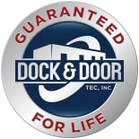|
The conventional thought process around the loading dock area has seen a conceptual shift in thinking over the past several years. Many of our clients have changed over from mechanical levelers to hydraulic, either via equipment replacement or a hydraulic conversion. With a hydraulic conversion we take the springs, levers, brakes, and chains out and replace them with hydraulic components. Why?
In discussing this with clients, there were many reasons, but three of them were shared by all.
We know retaining and attracting employees is a challenge, so attention to both big and small issues is important. Providing employees with safe, reliable tools which allow them to work safely and confidently is what they’re looking from you as their employer. Not sure where to start? Request a facility needs assessment. In today’s ever-growing corporate world, smaller independent dock and door distributors are appointed by larger companies. While there can be advantages to this for the client, there is one disadvantage, especially in today’s supply-chain challenged world. When manufacturer’s own the local distributor, the client’s choice becomes severely limited. Just because the manufacturer offers different models, this doesn’t truly provide the client with multiple choices as the intended applications for those door models are different. See part two of this series for the importance of correct equipment application.
Even if the “lead times” for new equipment are acceptable, what if there is a part failure and the part isn’t available? With high-speed doors and fire doors, this can be a larger issue as there is likely not an aftermarket option due to proprietary parts or regulations not allowing anything but OEM parts to be used. Partnering with a service and equipment supplier that can offer both the variety of multiple manufacturer choices and the ability to service multiple manufacturer brands will allow your facility to thrive in through supply chain challenges. What challenges are you facing with your facility? Schedule a call to see if we can help. Are you experiencing supply chain challenges when it comes to the maintenance of your facility? We know these challenges are not going away soon. The way you conduct business will need to change for you to thrive. As a result, we're sharing five strategies you can implement to avoid delays created by supply chain challenges. Below is the first strategy you can implement. A foundational understanding of when to replace equipment is built by having a clear accounting of:
Typically, you don’t have failure before your new equipment arrives, and if it arrives early that’s OK. If you’re still skeptical about ordering early, ask yourself these questions:
No one likes surprises, why create one more? P.S. See more tips like this on our LinkedIn page. As we head into the fall and eventually winter, we start to focus on keeping warm. Keeping the cold air from blowing through our doors. Keeping the temperature in that sweet spot of not too hot and not too cold. But what about water? Not just from fall rainstorms but from melting snow and ice.
We know. It’s September. Are we really talking about snow and ice? Yep. We are. Winter in the Midwest is hard. It can be brutal on your loading dock equipment and bottom line. It’s cold. It’s warm(ish). It’s sunny. It’s snowing. All of that can cause chaos with your loading dock equipment. Melting (and then refreezing) snow and ice pose serious safety concerns and performance problems at your loading docks. Safety Concerns Slippery docks are dangerous to your employees and visiting drivers alike. The potential for someone to slip and fall greatly increases if your docks are not properly sealed and water or ice is present. Forklifts going in and out of trailers will transfer water throughout your facility, creating even more chances for someone to slip and fall. This can lead to injuries, time off, workers comp – all of these can be avoided by paying closer attention to your loading dock and the potential for water infiltration. Compliance Concerns Ever smelled a stagnant swamp or bucket of water? Standing water can become a breeding ground for harmful bacteria. Bacteria poses numerous threats to the health of your staff and food facilities can be a major violation of the FDA Food Safety Modernization Act (FSMA) requirements. FSMA requires you to have a food safety plan in place that includes an analysis of hazards and risk-based preventive controls to minimize or prevent the identified hazards. A pest infestation can be another violation, especially in food and pharma facilities. Any gaps in your seals or equipment can lead to issues with requirements and compliance. Performance Problems Have you ever tried to pry something off the ground that good ole’ Mr. Winter has frozen? Say your garbage can after it’s been sitting for a week with constant thaw and freeze. Not a whole lot of fun and sometimes an unsuccessful venture. Now imagine that at your loading docks. Imagine melted ice and snow working its way down into your metal loading docks and thawing and refreezing. Over and over again. Many repairs we perform during the winter could be prevented by properly maintained and sealed equipment. A nagging or small issue in July can become a big problem in December So, what should I do?
Check out our other blogs on facility modernization and safety for more ideas on how to improve your facility and your bottom line. As always, we hope you find this information useful and you find something that you can do in your facility to help prevent the winter blues. Please contact us with any questions or concerns. Safety hazards exist in every workplace – from the smallest office to the biggest warehouse. Heavy machinery, distracted walking, water on the floor, heavy traffic areas, etc. Slips, trips, and falls are a major source of preventable injuries and deaths in the workplace; only motor vehicle incidents cause more worker fatalities. The loading dock area, in particular, is ripe with potential dangers. Since safety measures come in all shapes, sizes, and forms, what can you as an employer do to make your facility as safe as it can be for yourself, your employees, and visitors? Let’s look at each situation and how you can help prevent injury and equipment damage. Slips
Things like water on your dock from a leaky dock seal or rain shelter is an easy opportunity for someone to slip and end up in one of the situations above. Especially without the proper fall protection or safety training – but more on that later. Slip Prevention Routinely checking your dock seals for rips, tears, blowouts and other damage can help ensure that they form a proper seal when a truck comes in during inclement weather. Replacing them when they do leak is another preventative measure you can take. Things like barrel fans or dock fans can help dry out wet puddles or slick spots as well. HVLS fans can also help combat condensation and moisture build-up throughout your facility. Rain shelters are another excellent way of sealing up the opening when a truck is in position. They also help keep out all the runoff from the roof and the rain coming down and penetrating the seal even without a truck in position. This also applies to winter – we know it’s June – but snow and ice can cause just as much if not more water ingress into your building as rain. Melt and runoff from trailers, steps, your parking lot, all bring water into your facility. Proper dock seals and canopies can help relieve some of this at your loading dock. Water absorbing mats and fans can help keep your floor dry. Trips
Falls
Common sense and a little patience can eliminate many fall hazards. Unfortunately in today’s rush rush world, we often set aside common sense in the interest of getting it done now. How many times have you yourself used something sketchy or maybe just a bit on the dangerous side to climb up because it was close and you didn’t want to wait for the proper ladder to get there? Have you ever seen racking scaled to get to something that should be gotten to with a lift but it’s on the other side of the warehouse and we need it now? How many times have our workers jumped out of the loading dock to the ground instead of walking to exit to take the stairs? Fall Protection
We talked about fall protection in our blog Hazard Recognition – 3 commonly overlooked serious situations and it is a serious problem. In fact, it’s one of OSHA’s Top 10 violations (see here, Fall Protection – Top 10 on OSHA’s violation list, for the remaining 9 – and notice that fall protection training is in there too). Fall protection at your loading dock can be as simple as having enough of the right size and capacity ladders to installing safety netting or gates to adding truck restraints at every dock position. There are so many options to fit every situation, every need, and every budget, it’s a no-brainer to investigate what you can do to ensure your safety, the safety of your employees, and protect your equipment and products. Employee Training Proper training is crucial for the prevention of slips, trips, and falls. This includes equipment training for all employees, common-sense procedures, regular and thorough general housekeeping, and policies that enforce and enhance your safety practices. The old adage: an ounce of prevention is worth a pound of cure most certainly applies. The NSC’s Make Fall Safety a Top Priority article has some very simple and great tips for fall protection. How can we help? As always, we hope this has given you some helpful information, as well as some things to consider checking or adding to your facility to improve your safety systems. We are here to help if you have any concerns or questions please Contact Us today for a no-obligation safety and OSHA compliance check. |
AuthorVarious. Categories
All
Archives
August 2023
|
- Home
- About
- Career Opportunities
- Services
-
Equipment
- Dock Locks (Truck Restraints) >
- Fans & In-Plant Equipment >
-
Industrial / Commercial Doors
>
- High Speed Fabric Doors
- Security High Speed
- Rubber Doors
- Fire Door
- Rolling Steel
- Impactable Dock Doors
- Cooler / Freezer
- Fabric Roll-Up
- Impact / Traffic / Bump
- Overhead / Sectional Doors
- Operators / Activation
- Air Curtains / Screen & Bug Doors
- Strip Doors
- Door Entrapment Protection
- Door Protection
- Overhead Door Upgrades
- Loading Dock Levelers & Lifts >
- Loading Dock Seals & Shelters >
- OEM & Aftermarket Parts
- Safety / Energy / Security / Employee Comfort >
- Yeti Snow Removal
- Markets
- Blog
- Contact
Dock & Door Tec
Serving Minnesota, Wisconsin, Iowa, North Dakota & South Dakota
Serving Minnesota, Wisconsin, Iowa, North Dakota & South Dakota

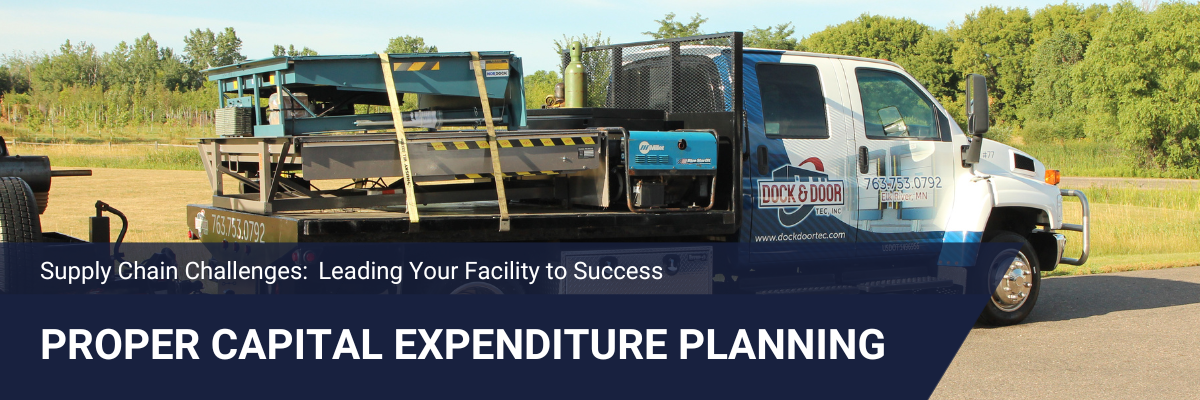
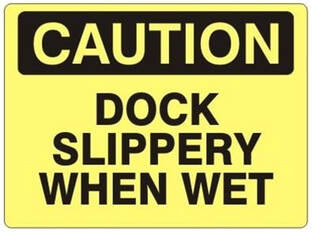
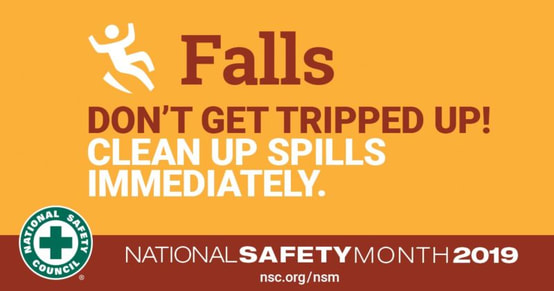
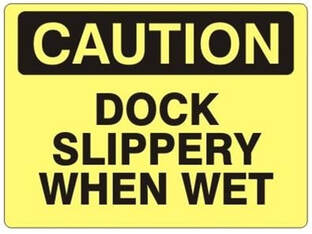
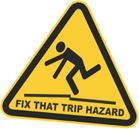
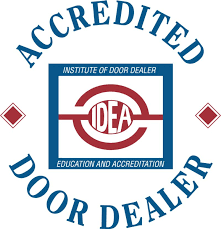
 RSS Feed
RSS Feed
